Background
The Field Epidemiology Training Program was introduced to Sierra Leone in June 2016 with the aim of strengthening the country’s capacity by training public health workers who serve in the Ministry of Health (MoH) and other ministries and agencies to effectively respond to a potential outbreak or public health emergency. In September 2017, the Ministry of Health and Sanitation launched the 11-month FETP Intermediate with the aim of further strengthening the public health surveillance system and promoting the use of data for decision-making.
Effective disease detection, investigation, control, and prevention require a public health workforce well-trained in the principles and practice of field epidemiology. Since 1980, the United States (US) Centres for Disease Control and Prevention (CDC) has worked with Ministries of Health (MOHs) throughout the world to establish and support Field Epidemiology Training Programs (FETPs). These programs are recognized worldwide as an effective means to strengthen countries’ capacity in surveillance, epidemiology, and outbreak response. Health professionals who join FETP are trained to be expert practitioners of field (or applied) epidemiology. Many become leaders and managers in the MOH, improving surveillance systems, strengthening capacity to address emerging and endemic health threats, and promoting a culture of data-driven decision-making. FETPs are field-based, with minimum classroom time (25%) and maximum time in the field (75%), providing public health services while participants achieve competency. A three-tiered pyramid model of training (of Frontline, Intermediate, and Advance) addresses the need to improve the surveillance, epidemiology, response, and scientific communication skills of public health workers at each level of the health system.
The duration of FETP-Frontline training is about 12 weeks (3 months), of which 3 weeks are for three classroom workshops, each lasting about a week, and 9 weeks for fieldwork at the participants’ workplace.
FETP-Intermediate is an 8 to 9 month in-service training program that focuses on strengthening epidemiologic capacity at the middle level of the health system, such as provinces, states, and governorates. Participants come together for 5 workshops of 1-2 weeks each, where they learn about conducting surveillance activities effectively; evaluating surveillance systems; detecting and investigating outbreaks; collecting data to address public health priority issues; analyzing data using Epi Info; training and mentoring, and communicating effectively with scientific and nonscientific audiences. Between workshops they return to their jobs and complete field projects to practice, implement, and reinforce what they have learned. The centerpiece of the FETP-Intermediate program is a survey of a priority health topic planned and conducted by the participants as a group. Other field projects include the evaluation of a surveillance system; conducting an outbreak investigation; enrolment and data collection from study participants; data analysis; and preparation of an oral presentation. Participants who successfully complete the program receive a certificate of completion signed by MOH and CDC officials.
Goal:
The goal of FETP-Intermediate is to improve a Ministry’s epidemiologic capacity to identify, investigate, respond to, and communicate about public health priority concerns.
Program Objectives
- Improve the skills of middle-level public health workers in data collection and analysis, interpretation, and communication
- Increase collection and use of public health data for decision-making
- Improve the quality and use of surveillance data at the middle level of the health system.
- Strengthen the capacity to respond to outbreaks and other public health threats
Curriculum Objectives
The standard curriculum for FETP-Intermediate focuses on four competency domains — public health surveillance, field investigation, epidemiologic methods, and scientific communication. The learning outcomes for each domain are as follows:
- Public Health Surveillance
- Summarize data from a surveillance system and develop a report for external distribution
- Evaluate a surveillance system
- Field Investigation
- Conduct an outbreak investigation using descriptive epidemiology
- Epidemiologic Methods
- Design, conduct, analyze, and interpret data from a descriptive epidemiologic study
- Scientific Communication
- Produce an epidemiologic report (surveillance report and outbreak investigation report) for external distribution
- Deliver an oral presentation
